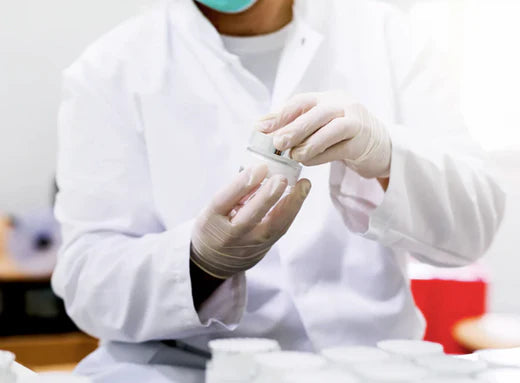
WHAT IS TRETINOIN AND FOR WHAT PURPOSIVE USE DOES THIS HAVE?
Share
Originally licensed for medical use in 1962 as a topical treatment for acne and first patented in 1957, Tretinoin has had something of a rebirth with films boasting one billion views on TikHub and Google searches doubling in a year.
Acne Therapy
Prescribed for mild to moderate acne, including non-inflammatory (whiteheads and blackheads) and inflammatory (papules, pustules, and cysts) forms is trtinoin. It encourages the healing of current acne lesions and helps stop fresh ones from developing.
Imageaging and Hyperpigmentation
Melasma and post-inflammatory hyperpigmentation as well as other hyperpigmentation and photoaging problems can be effectively treated with trretinoin. It even helps to even skin tone and erase dark spots.
Rough Texture of Skin
By increasing the shedding of dead skin cells and the creation of younger, smoother skin cells, tretinoin treats acne scars and enhances the general texture of the skin.
Stretch Marks: Particularly recently occurring stretch marks can look better with tretinoin, according to clinical studies.
Little Lines and Creases
Tretinoin is quite successful in lowering major indicators of aging like deep wrinkles and noticeable sun damage. It increases skin suppleness, speeds cell turnover, and boosts collagen synthesis.
Minimizing Enlarged Pore Appearance
Tretinoin increases collagen and elastin formation while lowering oil production, so helping to minimise the appearance of enlarged pores.
Sun Abuse
By stimulating cell turnover and raising collagen synthesis, trretinoin can help sun-damaged skin look better.
Pilaris' keratosis
Though not its main usage, by encouraging cell turnover and lowering keratin build-up in hair follicles tretinoin can occasionally help control keratosis pilaris, a condition marked by rough patches and tiny, acne-like bumps.
